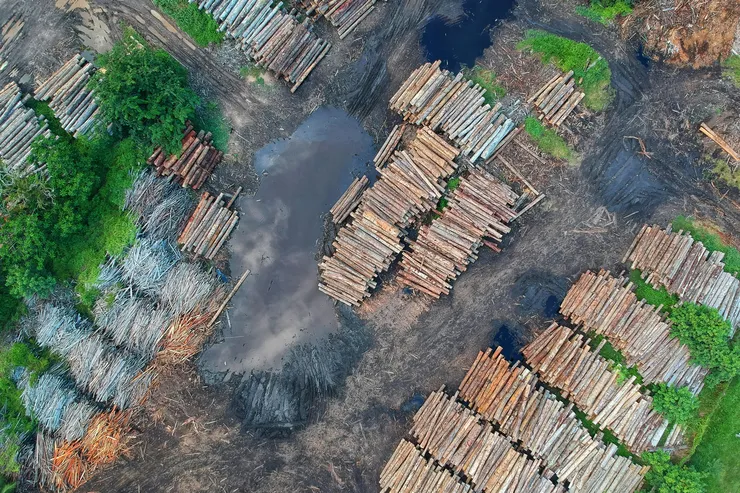The course begins by introducing the basic components of the Earth system and how they behave across continents and oceans, with a focus on historical climate changes. Climate change is then examined within a broader context, alongside other planetary boundaries—many of which have already been crossed and have direct or indirect impacts on the climate.
The course also covers the fundamentals of climate change and explores methods used to study the evolution of greenhouse gases. Various strategies for removing and storing atmospheric carbon dioxide are discussed, along with the challenges and limitations of each approach.
A key focus is placed on circular economy practices, such as remanufacturing old products and producing energy and biofertilizers, which are presented as effective technologies for directly mitigating climate change. Finally, the course addresses the crucial role of climate communication and politics in raising public awareness and driving collective action to tackle this global issue.

